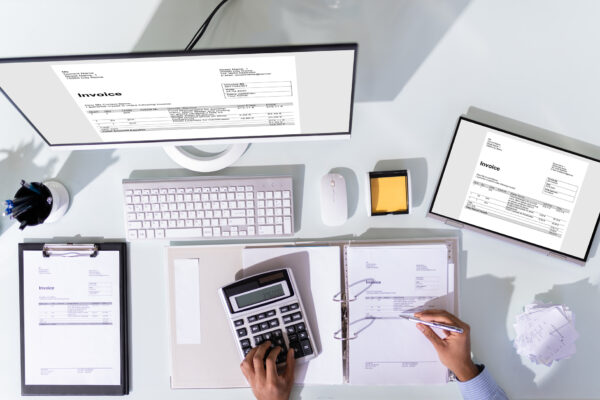
Part 1 – Calculating an Accurate Replacement Cost New
This article is the first in a two-part series. It discusses steps that can be taken to improve the accuracy of “Replacement Cost New” (RCN) calculations when using the cost approach to value. In the second part of this series, I will discuss depreciation of assets.
Three methods of valuation are available for use by machinery and equipment appraisers in developing a reasonable opinion of value: the cost approach, the direct market comparison approach, and the income approach. In order to comply with the Uniform Standards of Professional Appraisal Practice (USPAP) all three approaches to value must be considered while performing an appraisal.
Normally, a physical site visit is performed by the appraiser to view the assets in person, enabling the appraiser to confirm the existence and condition of the assets. In this age of COVID-19, quite often we find that, for the safety of their employees, many companies are limiting outside access to their sites. This makes it almost impossible to identify assets and their condition to relate them to comparable items being marketed, as is normal practice when implementing the direct market comparison approach to value. Additionally, income and earnings may be skewed as a consequence of the pandemic response precautionary measures, making use of the income approach impractical and less reliable. Because of these limitations, the cost approach to value is the most practical methodology to utilize at this time.
When using the cost approach to value, the first step in developing an opinion of value is to determine the subject asset’s replacement cost new (RCN). This is an application of the principle of substitution, under which no reasonable investor will pay more to purchase an item than its cost of replacement. Trending is a method of estimating a property’s replacement cost new in which an index or trend factor is applied to the asset’s historical cost to convert the known cost into an indication of the current cost. Simply stated, trending reflects the movement of price over time.
An important step in the valuation process when using the cost approach is to confirm the accuracy of the asset register provided along with the procedures for physical maintenance of the assets and accompanying financial records.
Asset Register
Verification of the items reported on an asset list is critical. When performing a cost approach appraisal, speaking with people from three functional areas within the site, Finance/Accounting, Operations/Engineering, and Maintenance, helps to ensure and confirm the validity of the data provided. Finance/Accounting personnel should be contacted to review the company capitalization policy and site procedures for asset register maintenance. The appraiser should review each asset on the register with Operations/Engineering personnel to ensure that it is indeed present and in use on the site, and discuss the policy for new asset additions and replacement in conjunction with capitalization. Finally, discussions should also be held with those responsible for maintenance. The site maintenance budget capitalization policy should be reviewed to ensure that there is no potential for significant “non-capitalized” assets.
Are all of the assets listed on the asset register present on the site or appropriately accounted for? I recently appraised a chemical plant where, after the site inspection, I told my host (plant contact and guide) I thought there were assets missing from the registry I was provided. As it turned out, my observation was correct. A check of the transactional history of the asset register revealed that a recently hired accountant had purged the register of fully depreciated equipment that was more than 30 years old. Needless to say, based on my site inspection, this equipment was on the site, routinely maintained, and actively used.
We have also encountered numerous situations where the asset registers had not been routinely maintained or scrutinized. Numerous assets that had been removed from service and disposed of where still found on the asset register. A special point occurs when an asset has not been removed from the site but is no longer permitted or operable. Because the assets are on site they must remain on the register. This is often done at a nominal ($1.00) or zero value. The key question to their value lies with whether the assets are in a condition where they can be returned to service and permitted. Care must be taken with how these assets are addressed as the site’s RCN could be overstated.
When appraising large integrated production sites, confirming the accuracy of the asset register is a critical step in determining the replacement cost new of the equipment on the site. Once the RCN has been determined, an appropriate aging factor can be applied to arrive at a market value if that is appropriate for the scope of the assignment.
The professionals at Sobel EAC Valuations have appraised both tangible and intangible assets for clients around the world. Whether you are a large, multi-national chemical company, or a local manufacturer, it would be a privilege to discuss your asset appraisal requirements and develop a valuation plan to meet your needs.
Lee Diestelow, BS Che, MBA, MCMEA, Senior Valuation Analyst
Sobel EAC Valuations


